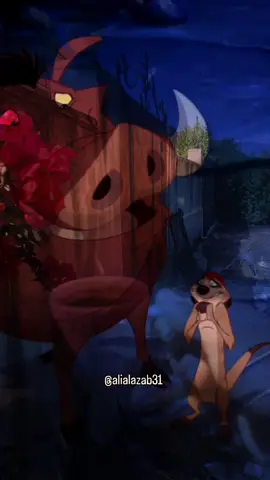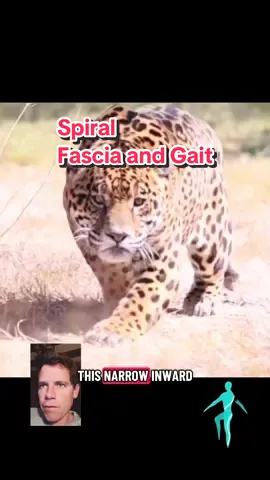Anthony
Region: PE
Sunday 15 January 2023 23:04:30 GMT
1857891
205086
1023
15622
Music
Download
Comments
liv🦝 :
Yo y las que intento comprender tu forma de querer😿
2023-01-29 16:54:27
2221
line<3 :
ahora te entiendo Gladys..
2023-01-25 18:17:51
1019
🌷MARI🌷 :
la canción de Gladys es muy personal 😔
2025-02-21 17:46:18
150
malborit0o :
A veces siento que somos gladys y yo contra el mundo 😔
2023-01-22 16:15:33
1901
Matí :
como se llama la canción?
2023-11-21 15:44:49
85
campos_kristel6 :
En ig no está y yo la quería poner en notas 😭😭
2024-12-15 00:39:56
272
@andrea00 :
este video lo compartí hace un año, y aquí ando eliminando este compartido porque ya lo dejé, ahora me río pero antes lloraba 😑
2024-11-14 16:59:18
22
ElCursi :
Yo estaba enamorado d Gladys ;(
2023-01-22 15:07:01
506
🌷Cami🌷 :
Siempre temazo nunca indirecta
2025-03-01 07:39:00
3
️Ale ⚡ :
como se llama la musica😭
2025-01-19 02:10:09
5
Dannita 💗 :
ay la Gladys😭😭😭
2025-05-22 11:33:52
10
Cristina :
intento comprender tu forma de querer 😢😔
2025-09-10 03:22:12
3
Becky :
MI GLADYS TE ENTIENDO
2023-02-07 19:23:06
56
B :
intento comprender tu forma que quereer
2023-02-10 21:59:36
129
Anthony :
Ahora si pueden descargar el video , comenten que canciones quieren que haga 🎶🐻
2023-01-20 15:50:01
98
Cris :
Como se llama la canción ?
2023-09-11 01:52:07
53
~caro~ :
ahora entiendo a la Gladis porque no quiere estar con el Nachito ☝🏻😔
2025-07-16 18:25:11
3
Se-mi :
Cantar canciones de dolida sin estarlo es mi pasión 🫣
2025-02-02 00:41:04
9
Rosita :
me representa gladys 😔
2025-07-27 17:59:07
2
Yami.abad :
intentó comprender tu forma de querer 🫤
2025-08-16 19:57:31
1
Sebastián20 :
cómo Nachito y la Gladys
2025-06-14 04:37:11
3
lxdasha_.19 :
Yo despues de un vaso de aguaje
2025-02-20 03:44:04
6
To see more videos from user @anthony.go29, please go to the Tikwm
homepage.





